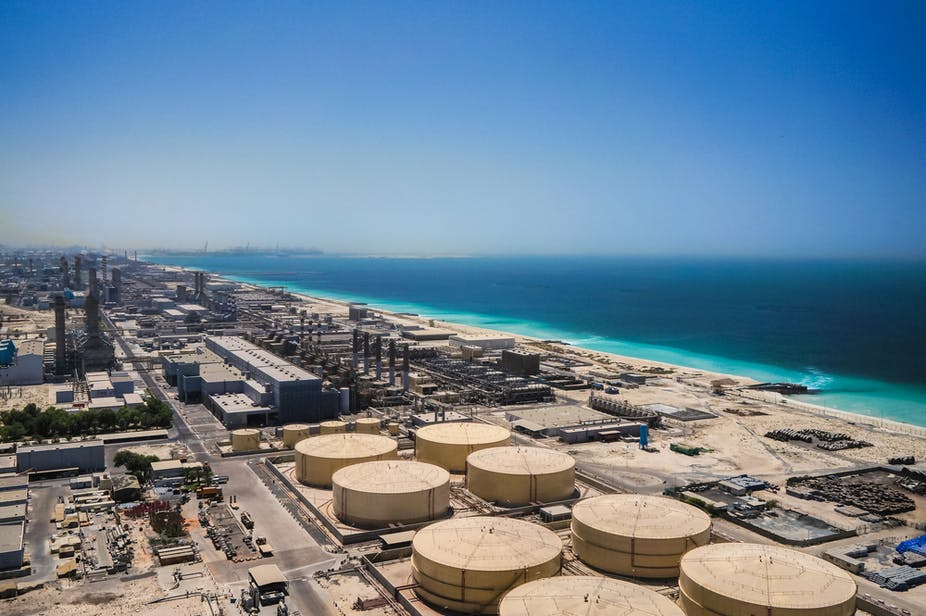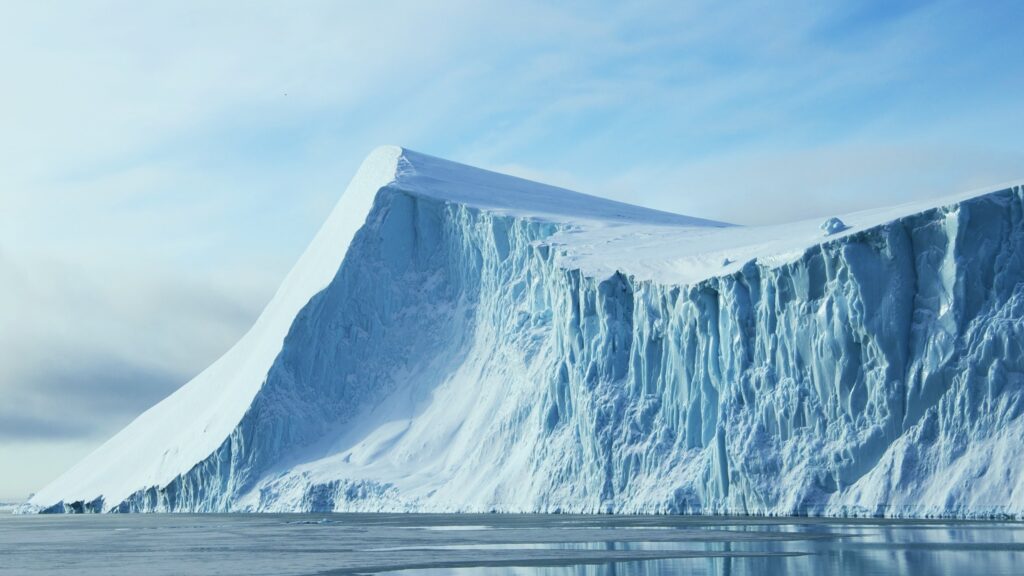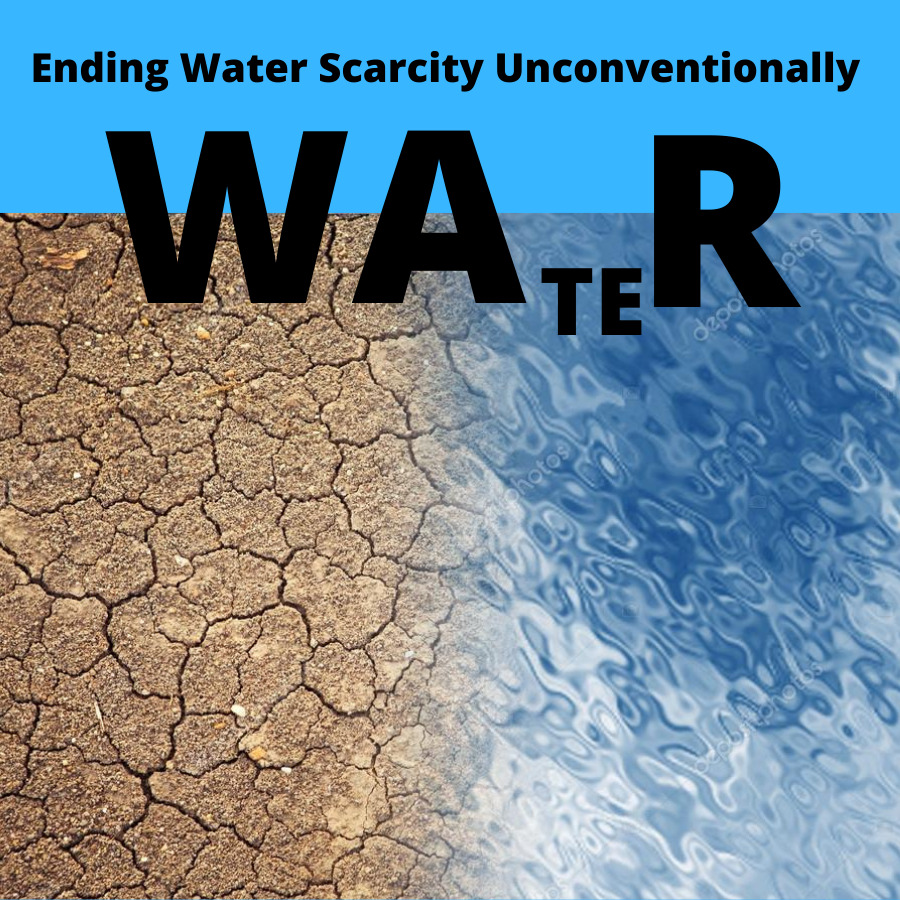Water scarcity is among the top five global risks affecting people’s wellbeing. In water-scarce regions, the condition is grim. Typical sources like snowfall, precipitation, rivers and easily accessible groundwater are being hit by climate change, and supplies are falling as the requirement expands.
In these countries, water is a decisive challenge to sustainable development and an inherent cause of social turmoil and ambivalence. Water scarcity also strikes traditional periodic human migration routes and, together with other water vulnerability factors, could reshape migration models.
Water-scarce countries need a requisite change in planning and management. Scientists from around the world are looking at how to do this, through the productive exploitation of unconventional water resources. From Earth’s seabed to its higher atmosphere, we have a variety of water reserves that could be tapped. But making the most of these claims an assorted range of technological mediation and innovations.
Trapping Fog : :

Water embedded in fog is progressively seen as the origin of drinking water in arid areas where fog is severe and happens regularly. Fog can be collected using a vertical trap that hinders the droplet stream. This water then flows down into a water collection, storage and distribution system.
Distinct types of curtain materials can be used in fog receivers, like aluminum, plastic, plexiglass and alloy. The success of a method like this depends on the geology and topography, which need to be favorable to optimal fog capture. But this could work in dry upland and seaside precincts.
With the vital obligation of regional communities and professional assistance from local organizations, fog water harvesting is a low-maintenance option and a green technology to provide drinking water. Fog water accumulation plans have been executed in different parts of the globe, including Chile, Eritrea, Israel and Oman.
Under the right circumstances, rain enhancement through cloud seeding has the potential to improve the volume of water collection from the air. This technology includes scattering small particles into clouds or in their proximity. These particles act as an offset spot for raindrops or ice crystals, supporting their development. In turn, this makes it more apt to shower or snow.
Employment of cloud seeding technology in different countries has shown, rain can be increased by up to 20% of the annual pattern depending on the convenient cloud sources and classes, cloud water content and core temperature. As barely up to 10% of the total cloud water content is discharged to the earth as precipitation, there is a huge potential for rain enhancement technologies to improve rainfall in areas affected by areas. This could prove to be a major tool towards ending water scarcity issues in many parts of the globe.
Holding evaporation. Ending water scarcity..

As dry areas receive small amounts of rainfall, micro-catchment rainwater harvesting may help in capturing rainwater on the ground, where it would otherwise evaporate. There are two major standards of micro-catchment rainwater harvesting methods to end water scarcity. One is water harvesting via rooftop systems where water is collected and stored in containers or similar devices.
The second is water harvesting for agriculture, which comprises collecting the rainwater that flows off a catchment area in a small reservoir or the root place of a cultivated field. The catchment exterior may be consistent or treated with a substance that hinders the soil from absorbing water, especially in areas with sandy soils. Because of the shifting nature of runoff, it is important to collect the highest amount of rainwater during the moist season so that water scarcity can be solved.
Desalinating seawater

The process of desalination separates salt from seawater or saline groundwater to make them drinkable. This enables us to collect water beyond what is obtainable from the water cycle, rendering a climate independent and constant amount of high-quality water. Seawater desalination has been developing faster because of strides in membrane technology and material science. These improvements are projected to cause a meaningful decrease in production costs by 2030.
More sites are required to grow reliant on desalinated water because of its declining expenses and the rising costs of traditional water supplies. While at present desalination produces approximately 10% of the municipal water supply of city coastal stations worldwide, by the year 2030 this is expected to reach 25% and thus strike water scarcity issues to a great extent.
Iceberg Harvesting: Icy way to overcome water scarcity

Dragging an iceberg from one of the arctic ice caps to a water scarcity facing country may not appear like a sensible solution to water deficits, but scientists, scholars and lawmakers are contemplating iceberg harvesting as a potential freshwater source.
Driving an iceberg past the ocean is technically feasible, based on a theoretical four-part process. It would need establishing a suitable source and supply, measuring the necessary towing power specifications, carefully predicting melting in transportation, and evaluating the economic practicability of the entire endeavor. Countries like the United Arab Emirates and South Africa are viewing iceberg towing as an alternative to fine gaps in their water requirement and supply.
Water and climate change are interconnected, so climate change raises the reasonableness of extreme water scarcity in dry areas. Harnessing the potential of unconventional water resources can aid increase the compliance of water-scarce populations against climate change, while expanding water supply resources.
We need to recognize and encourage functional systems of unconventional water resources that are environmentally functional, economically viable, and assist the completion of water related sustainable development, in the 2030 Sustainable Development Agenda and beyond.
This issue of water scarcity shows that how helpless and impotent we are in front of mother nature – even after such great years of evolution…
Water is also the strangest liquid on earth. To get more of such interesting content; Click Here.




I wanted to thank you for this fantastic read!! I certainly loved every
bit of it. I have got you saved as a favorite to look at new stuff
you post…